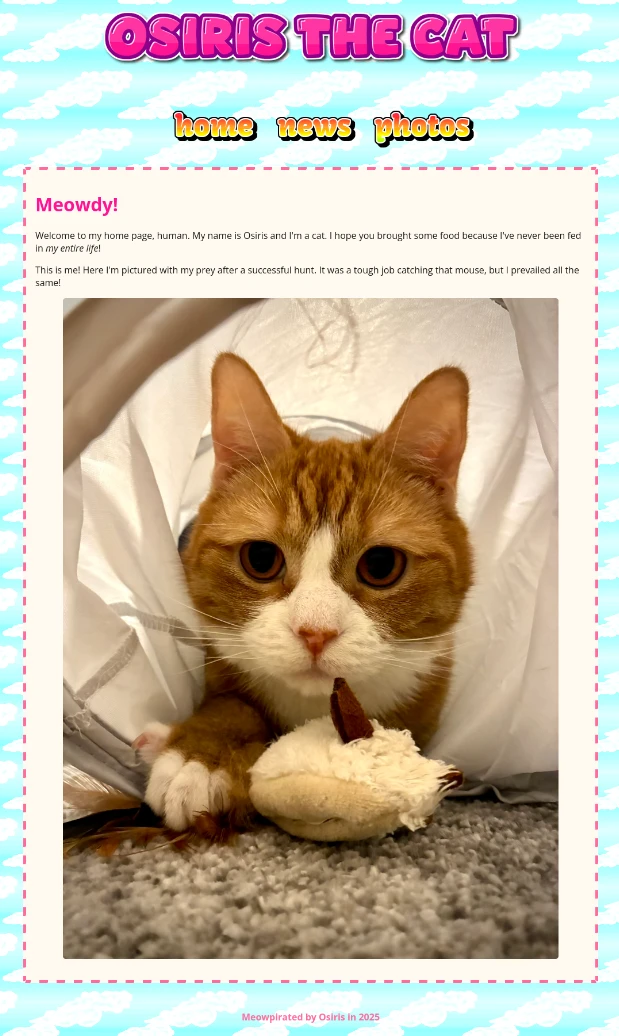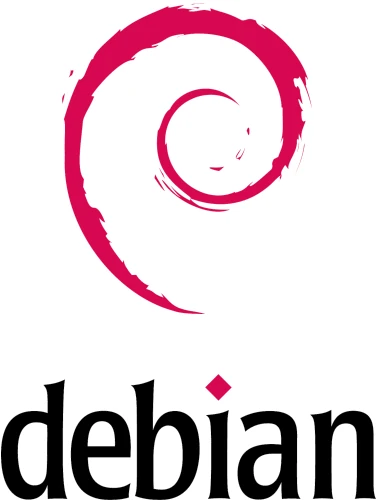A film festival called PÖFF is taking place this November in Tallinn. It's a good opportunity to watch something that doesn't usually make it to the big screens - which are mostly reserved for Hollywood movies.
So yesterday I went to see Putnubiedēkļi (or Scarecrows in English). Even though it was filmed at Riga Airport, airplanes and air travel aren't the main focus of the movie. Instead, it shows the daily work of people whose job is to shoo away wild animals. Birds are probably the most dangerous intruders, as they can get sucked into engines, causing damage and expensive repairs. Losing one of the engines this close to the ground isn't ideal either. Other animals also like to visit the airport. Foxes can effortlessly jump over barbed wire fences, a beaver might decide to build a dam, and a family of hares can sneak in too!

Image source: https://poff.ee/en/film/scarecrows/
From my understanding, it was partly filmed by the workers themselves, but there are also beautiful cinematic scenes presumably shot by the film crew. It's really a "watch how we work" type of documentary. There are no interviews, no staged moments, nothing like that - just interesting, challenging, and funny moments from their everyday work. As passengers, we never really notice this battle with nature.
I really liked Scarecrows. The film isn't that long - about 90 minutes - and it has good pacing. Here's the trailer, although it only shows the cinematic segments.

















